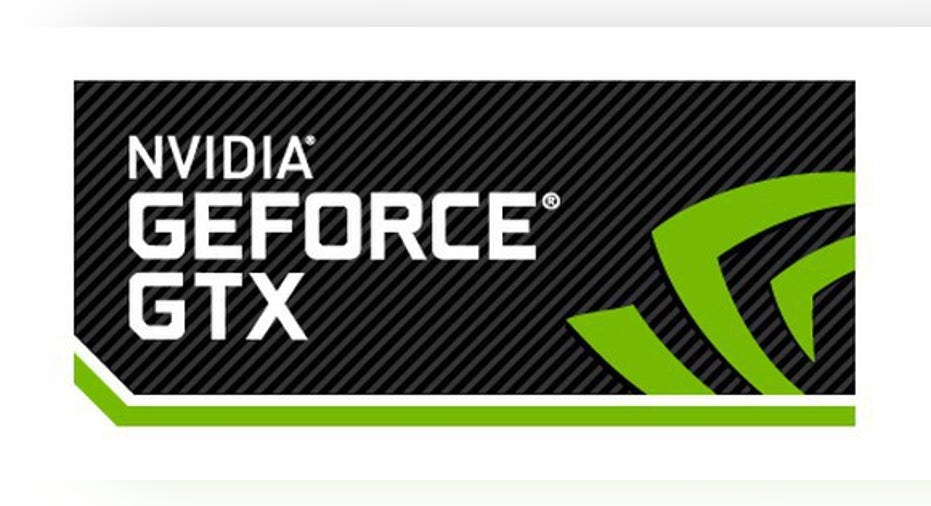NVIDIA Corporation Reportedly Will Launch GTX 1050 in October

Image source: NVIDIA.
Graphics specialist NVIDIA (NASDAQ: NVDA) has been on a tear when it comes to rolling out new graphics cards. Since May, the company has released a flurry of new graphics cards based on its new Pascal architecture, from the obscenely fast $1,200 NVIDIA Titan X to the value-oriented GeForce GTX 1060 with 3 GB of RAM for $199.
However, NVIDIA has typically offered value-oriented gaming graphics cards for lower than $199 and it was always expected that the company would roll out Pascal architecture-based products to address the sub-$199 price point in due time.
According to Swedish website Sweclockers.com, the graphics specialist is planning to ship these parts in late September with the formal launch happening in mid-October.
GTX 1050 on the way, comes in two flavors
Per the site, NVIDIA plans to release two variants of the GeForce GTX 1050 -- one with 2 GB of memory and one with 4 GB of memory. Additionally, the report claims that the 1050 will serve as the successor of the current GeForce GTX 950 and that the company intends to price these parts "aggressively."
If this report is accurate, I could see the graphics specialist setting the suggested retail price for the 4 GB model at around $159 (pricing of the GTX 950 at launch) and the 2 GB model (potentially with disabled graphics processors, as in the 3 GB variant of the GTX 1060 relative to the 6 GB version) somewhere between $119 and $139.
This market segment is an important one for NVIDIA because a significant portion of the desktop gaming personal computer installed base currently has GeForce GTX 750 Ti and GeForce GTX 950 cards.
According to the July 2016 Steam Hardware & Software Survey (Steam is the most popular PC game distribution platform), 3.13% of the installed base is using a GeForce GTX 750 Ti, 1.32% is using a GeForce GTX 750, and 0.84% is using a GeForce GTX 950.
The upcoming GTX 1050 cards should serve as compelling upgrades for those users, particularly the 750/750 Ti owners.
Once the GTX 1050 parts arrive, NVIDIA will have completed the rollout of its Pascal-based desktop graphics cards, at least for gamers. Assuming the launch of GTX 1050 is in mid-October, this will mean that the company was able to get its entire Pascal stack out to customers in about five months, an impressive execution.
What's next for NVIDIA?
Right now, NVIDIA is in a very good position: It has competitive products in the mid-range and could very well have clear product leadership at the very low end of the market. At the high end of the market, the graphics specialist's products are currently unopposed.
NVIDIA's task now will be to build on this leadership position by being fairly aggressive in moving to its next-generation graphics processor architecture known as Volta. Volta is expected to be manufactured in the same 16-nanometer manufacturing technology that Pascal currently is, so the transition to that product line could be easier than the transition from Maxwell (built on 28-nanometer) to Pascal was.
That said, moving to Volta as quickly as possible is more of an imperative for the company's higher-end offerings (i.e., GTX 1060 successor and above) than it is for the lower end of the market (GTX 1050 class) as it would seem gamers are increasingly moving toward higher-performance (and thus higher-priced) graphics processors.
A secret billion-dollar stock opportunity The world's biggest tech company forgot to show you something, but a few Wall Street analysts and the Fool didn't miss a beat: There's a small company that's powering their brand-new gadgets and the coming revolution in technology. And we think its stock price has nearly unlimited room to run for early in-the-know investors! To be one of them, just click here.
Ashraf Eassa has no position in any stocks mentioned. The Motley Fool owns shares of and recommends NVIDIA. Try any of our Foolish newsletter services free for 30 days. We Fools may not all hold the same opinions, but we all believe that considering a diverse range of insights makes us better investors. The Motley Fool has a disclosure policy.